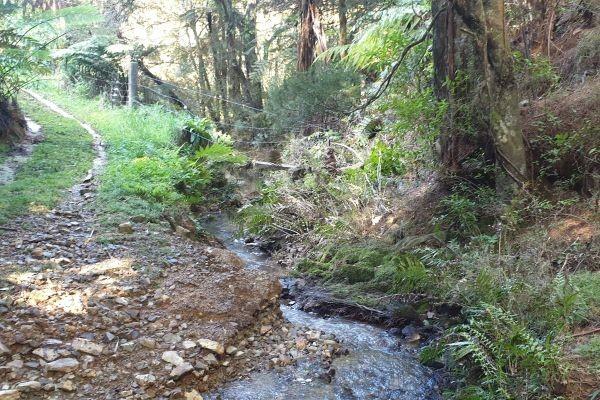
What is Horizons One Plan?
If you live in the Horizons Region and own or manage a bit of land, chances are you’ve heard of the One Plan. But what exactly is it? And more importantly, how does it affect the way you use your land?
Here’s a plain-English introduction to what the One Plan is all about and what it means for lifestyle farmers.
A Quick Overview
The One Plan is the combined Regional Policy Statement and Regional Plan for the Horizons Region (which covers Manawatū-Whanganui). It’s put together by Horizons Regional Council, and its job is to manage natural resources, things like water, soil, air, biodiversity, and land use.
It brings together a raft of environmental rules under one umbrella, aiming to protect the health of the region’s waterways, control erosion, support biodiversity, and manage nutrient loss, while still allowing for productive use of land.
If you’ve ever needed a resource consent to install a culvert or take water from a stream, chances are the One Plan had something to say about it.
Does It Affect Lifestyle Farmers?
Yes, it does, and increasingly so.
While many of the One Plan rules were written with commercial farms and larger operations in mind, the same rules apply no matter how many hectares you have. That means if you’ve got stock, use fertiliser, or have a stream or wetland on your block, it’s worth understanding how the One Plan applies to your situation.
Some Key Areas Where It May Affect You
Waterways and Wetlands
The Plan sets rules around what you can and can’t do near rivers, streams, and wetlands - including fencing, earthworks, and planting. Many small blocks include gullies or drains that fall under the definition of “river” in the Plan, so don’t assume it doesn’t apply just because your stream dries up in summer.
If you’re unsure whether that soggy patch is just a damp paddock or a protected wetland, our guide on how to identify a wetland is a good place to start.
Culverts and Bridges
If you’re installing a culvert for a stock crossing or driveway, the One Plan sets conditions that need to be met, such as size, placement, and ensuring fish can pass through. Some smaller culverts may be allowed as permitted activities (no consent needed), but only if they meet all the rules.
Fertiliser Use
There are specific guidelines around fertiliser application, particularly nitrogen. You may not need a consent, but the rules require good practice, and exceeding certain thresholds might trigger the need for one.
Stock Exclusion
The One Plan aligns with national regulations requiring stock to be excluded from many waterways. If you’re running cattle, deer, or pigs, you’ll likely need to fence off certain areas, sometimes with a three-metre setback from the water’s edge.
Freshwater Farm Plans
A newer requirement under national freshwater reforms, freshwater farm plans are being phased in across the region from 2024. They ask landowners to identify and manage on-farm environmental risks. If your block is over 20 hectares in pastoral or arable use (or over 5 hectares in horticulture), you’ll likely need to have a plan in place.
It’s Not All Red Tape
While some of the rules may feel like a burden, the intention is to look after our land and water so it’s still productive and healthy in the future, for people, animals, and wildlife.
The good news is, Horizons offers advice, support, and in some cases funding for fencing, wetland protection, and environmental improvements. And if you’re not sure whether the rules apply to your block, their consents team is there to help.
In Summary
If you’re:
Running stock
Using fertiliser
Installing culverts or bridges
Managing streams, gullies, or wetlands
Planning earthworks or developments near water...
…then the One Plan is something you’ll want to be aware of.
Start by finding out whether your activities are permitted or if you need consent and reach out for advice if you’re unsure. It’s better to ask early than to fix problems later.
Lifestyle Block would like to thank Horizons Regional Council for their assistance in preparing this article.

